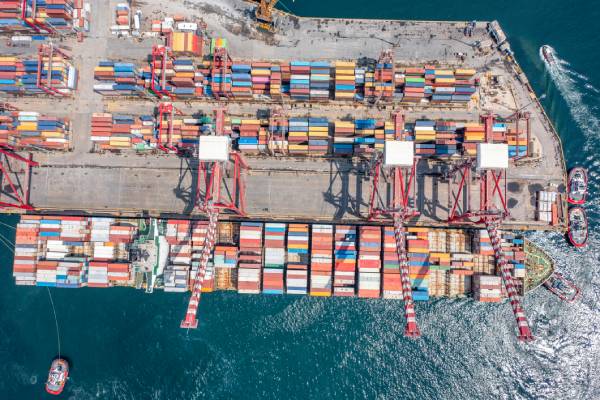Navigating the Future: Essential Trends Transforming the Freight Landscape by 2025
What’s in store for freight by 2025? Keith Prather from Armada Corporate Intelligence has some insights. In a chat with Jeff berman on the Logistics Management Podcast, he highlighted several key trends that shippers should keep an eye on:
- The End of Destocking — But Freight Volumes Are Still Wobbly
After two years of adjusting inventory levels, Prather believes the destocking phase is behind us. “We thought we were set for a strong freight year,” he mentioned, noting promising signs in January and February. However,there’s a twist: some of that initial strength might have been artificially boosted as companies rushed to mitigate tariff risks. “it truly seems like some expected Q2 activity got moved up to Q1,” he added.
- Tariff Anxiety Prompting Early Demand shifts
With worries about potential tariffs and looming port strikes,many businesses opted to expedite their shipments this year. this creates a bit of confusion: “We’re left questioning how much was genuine demand versus just preemptive action,” Prather explained. This uncertainty complicates our understanding of true freight demand as the months roll on.
- Stable Inventory Levels — No Repeat of 2022 Chaos
while overbuilding is always a concern in logistics circles, Prather doesn’t foresee another situation like 2022 where warehouses overflowed due to panic buying post-pandemic. “We’re not heading back into that chaotic scenario,” he reassured listeners, which is great news after the tumultuous period following excessive stockpiling.
The silver lining? Shippers are becoming more strategic with their inventory management, leading to healthier freight flows.
- Retail and Essential Goods Remain Resilient
Despite ongoing inflation worries and fluctuating interest rates, certain sectors are thriving according to Prather’s observations. “Consumer staples are still performing well; we aren’t seeing any significant pullback.” This consistent demand could bolster freight activities thru midyear—especially for products less affected by tariffs.
- Tech Innovations Fueling Smarter freight Choices
Rising costs across transportation and capital have made it crucial for companies to make informed decisions quickly—and technology is stepping up big time here! “We’ve poured resources into tech advancements,” noted Prather enthusiastically. “Now we can swiftly analyze differences in shipping rates or currency fluctuations alongside tariff impacts.”
This technological edge allows businesses to adapt their procurement strategies and transport plans dynamically based on real-time market shifts—keeping them agile amid unpredictability.
while challenges remain ahead in the logistics world as we approach 2025, savvy shippers who leverage technology and maintain smart inventory practices will likely navigate these waters successfully!


Comments are closed, but trackbacks and pingbacks are open.